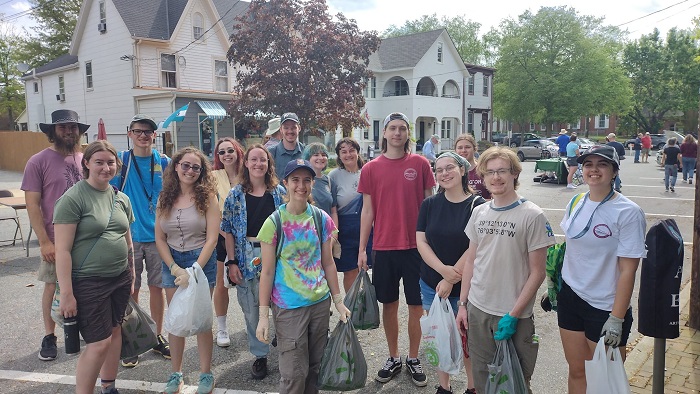The answer to last week’s mystery is red oak flowers, pictured below.Red oaks flower early in spring, from February to May, depending on latitude. Oaks have both male and female flowers on the same tree. The female flowersare very small and found scattered on the branch tips. Male flowers dangle down in a catkin-like form.Cross-pollination of the florets is by wind during mid-to late Spring. Afterwards, the catkins fall to the ground, while the florets slowly develop into acorns.The oak’s acorns are an important source of food for birds because of their small size. Many mammals eat the acorns as well.Mystery Monday is sponsored by the Spy Newspapers and Adkins Arboretum.
Adkins Mystery Monday: Guess the Picture!
The Spy Newspapers may periodically employ the assistance of artificial intelligence (AI) to enhance the clarity and accuracy of our content.
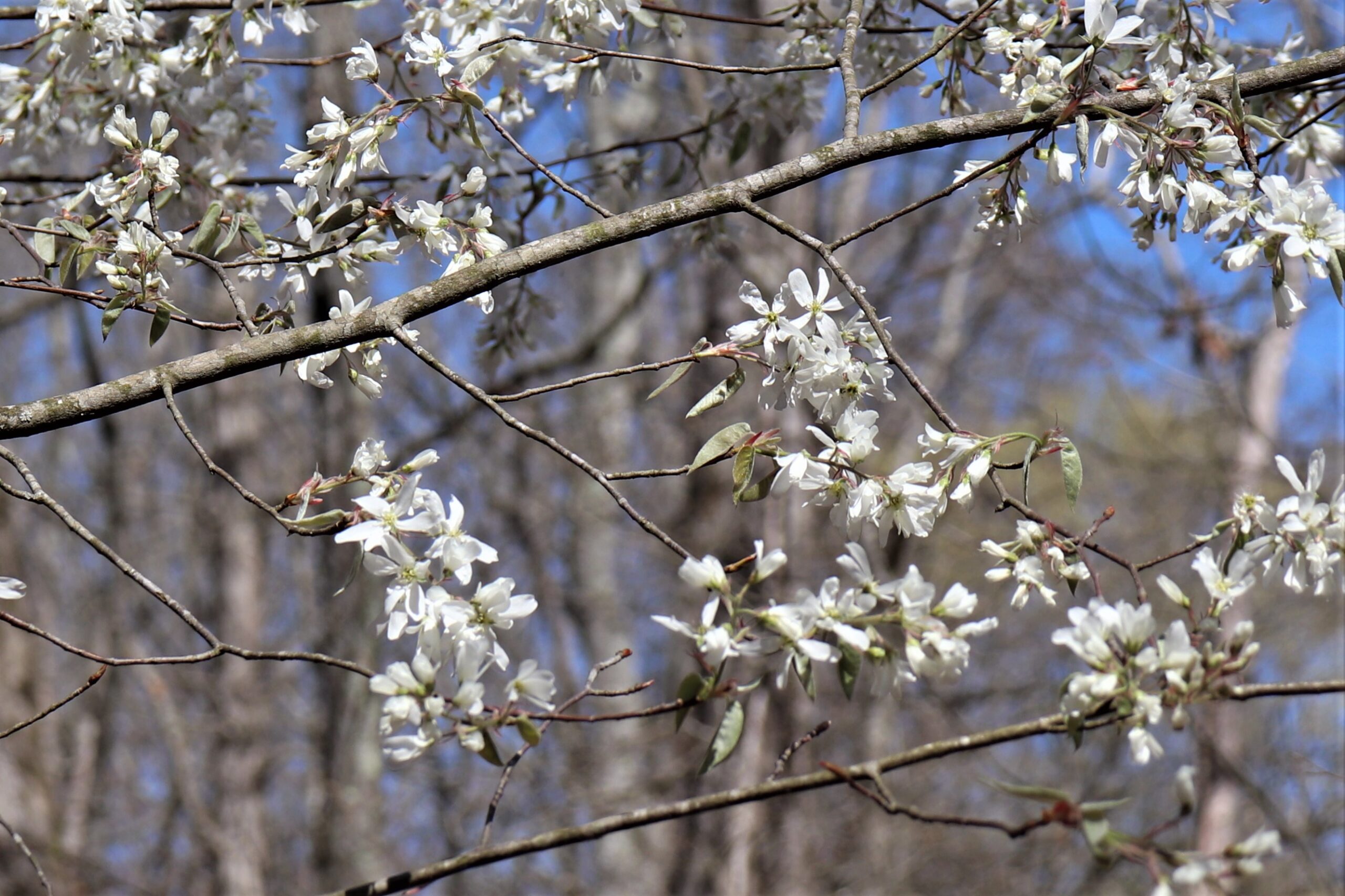



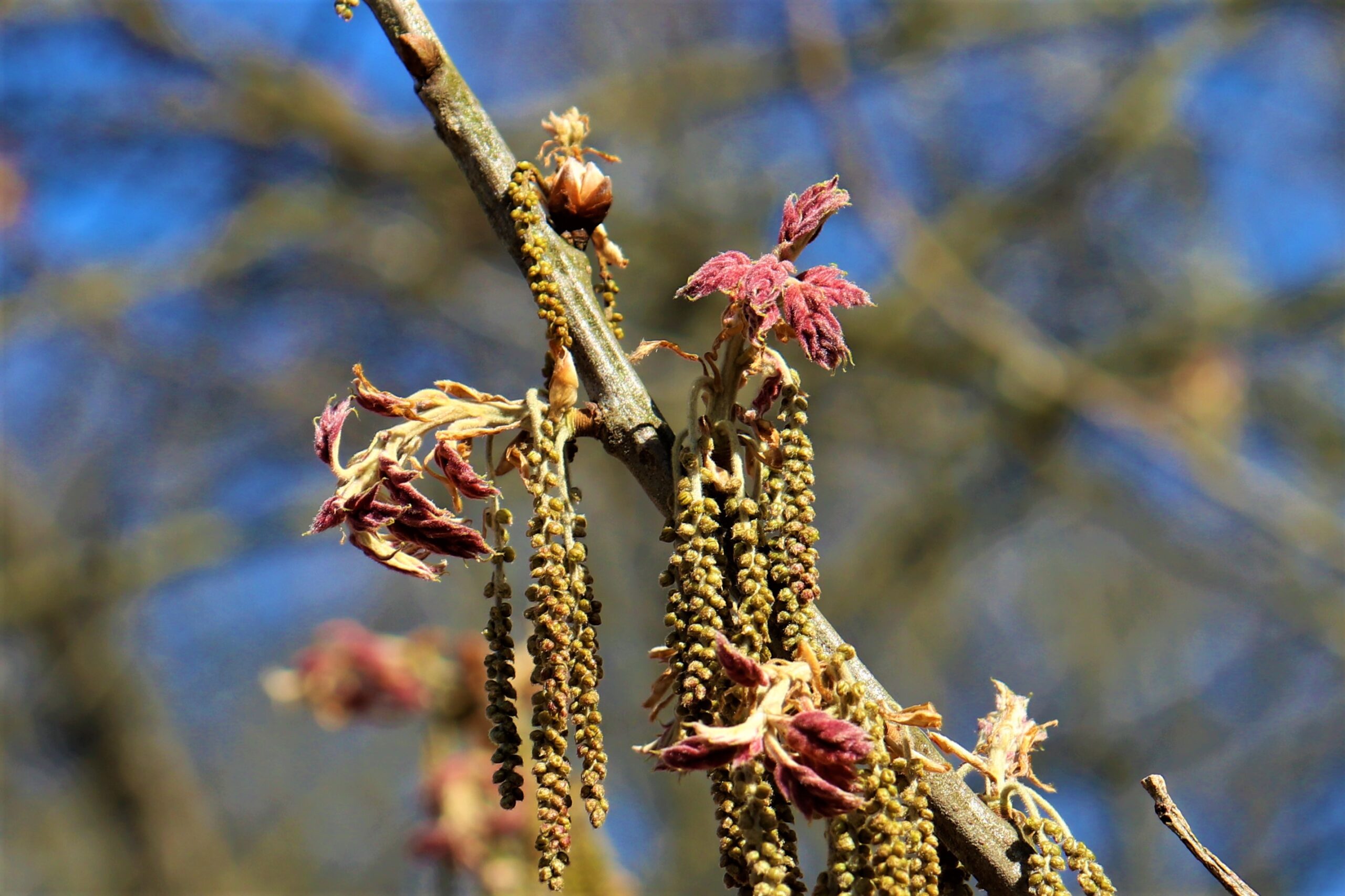
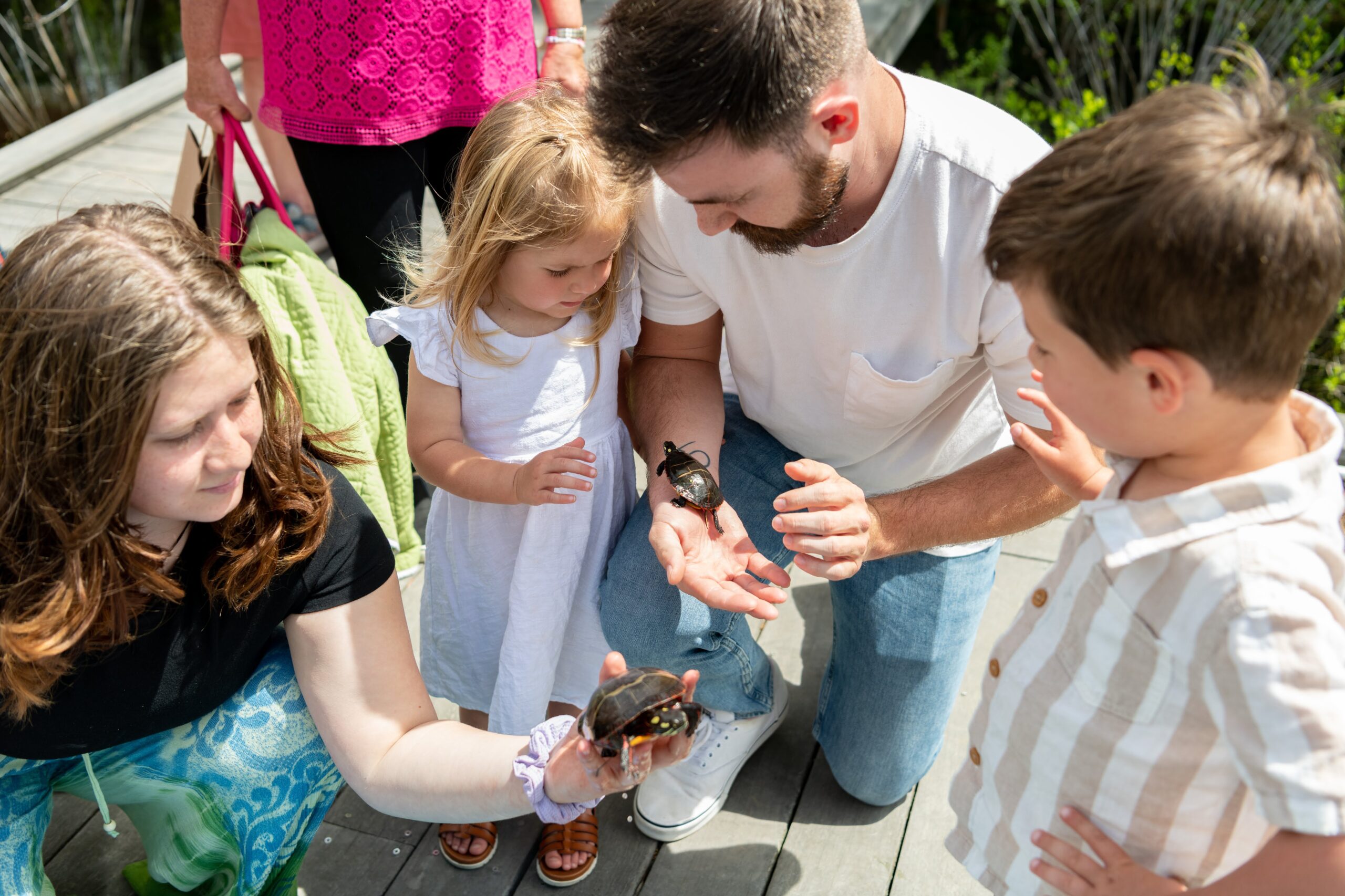
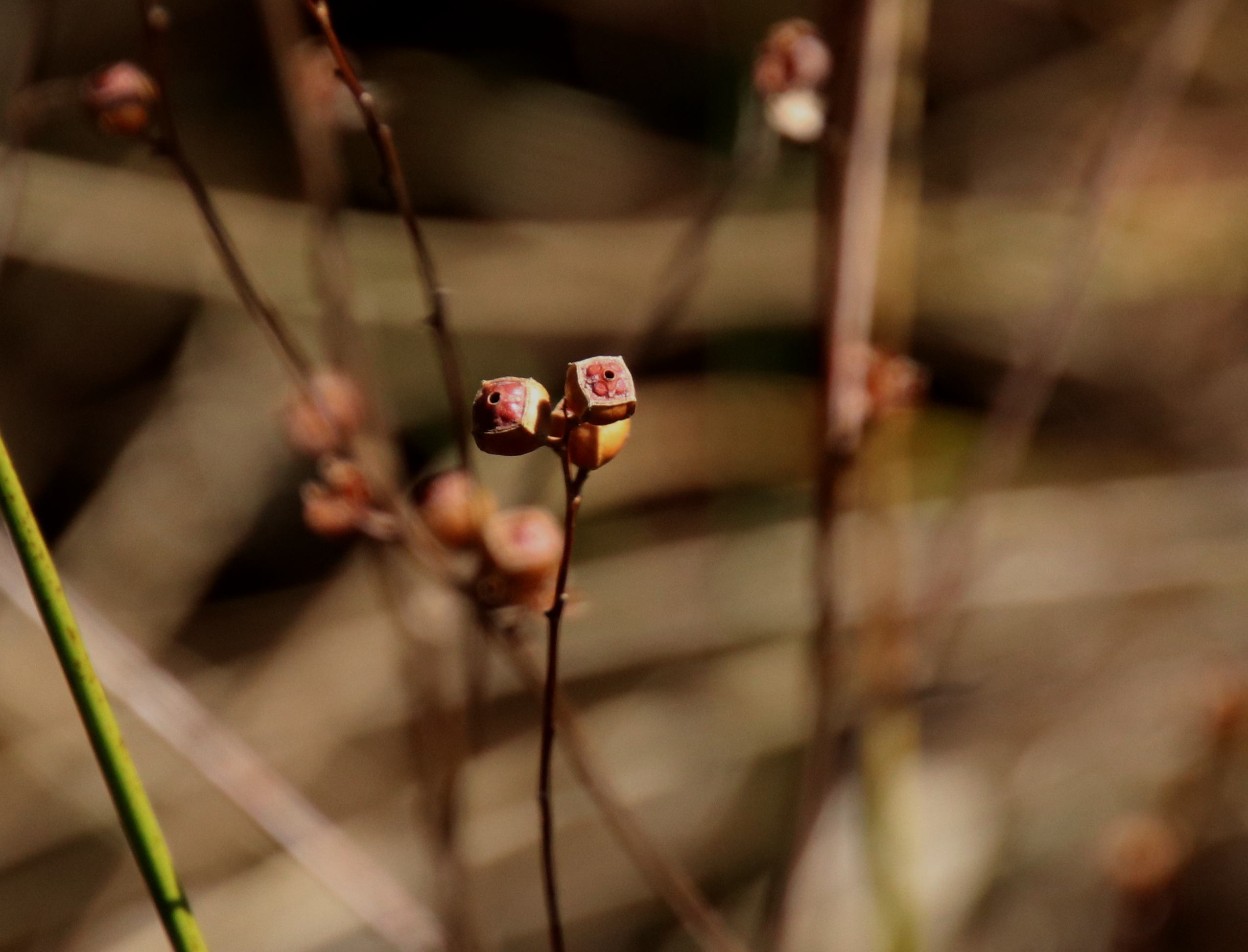
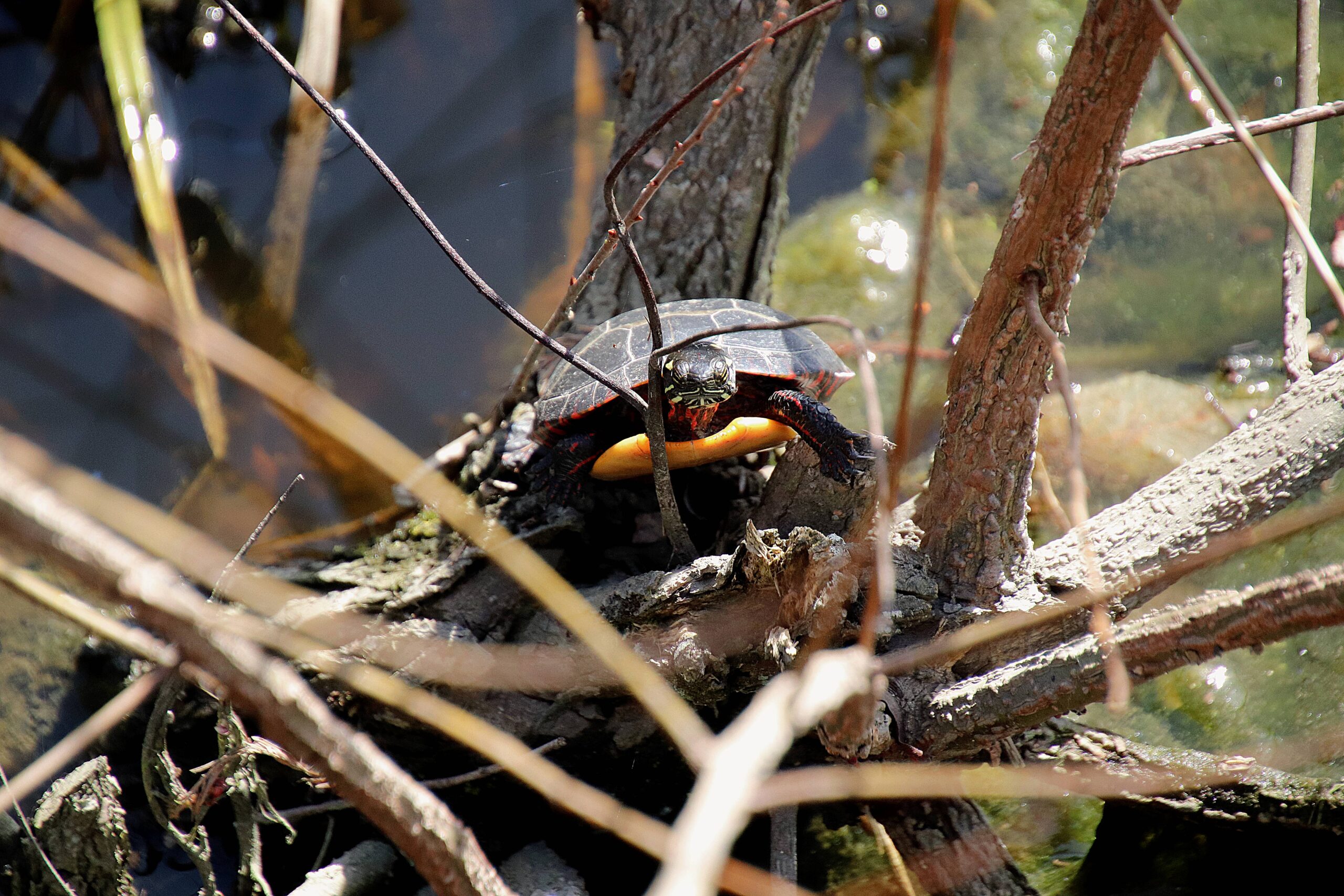
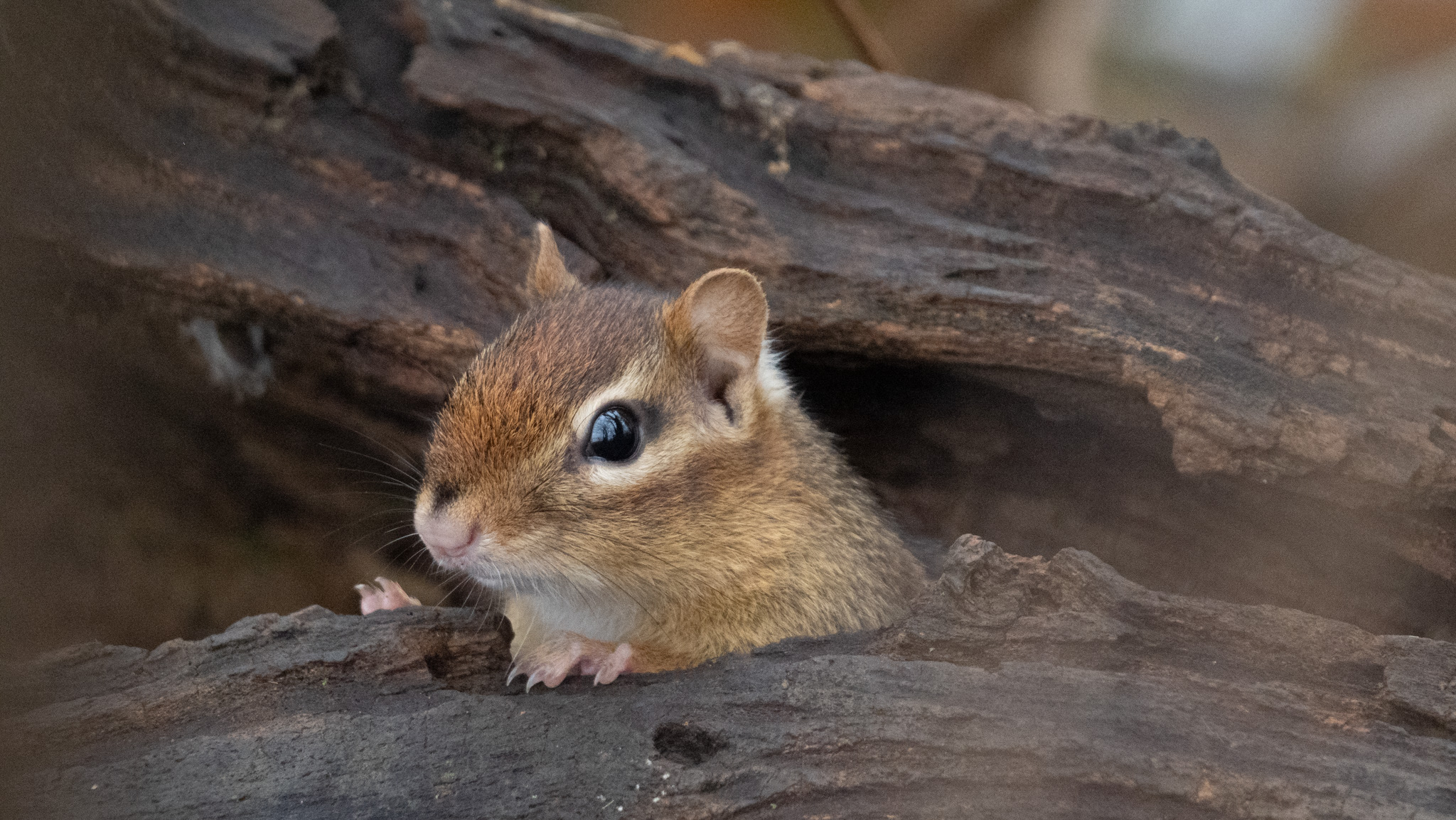 On Thurs., April 4 at 1 p.m., Adkins Arboretum will launch The Diversity Around Us, a series of free talks and walks offered in partnership with the Maryland Biodiversity Project. Jim Brighton, co-founder of the Maryland Biodiversity Project, will introduce the series and provide insight into his project’s efforts to catalog Maryland’s living things and build a vibrant nature study community. Understanding biodiversity is the first step toward conserving wild species, habitats and a healthy ecosystem.
On Thurs., April 4 at 1 p.m., Adkins Arboretum will launch The Diversity Around Us, a series of free talks and walks offered in partnership with the Maryland Biodiversity Project. Jim Brighton, co-founder of the Maryland Biodiversity Project, will introduce the series and provide insight into his project’s efforts to catalog Maryland’s living things and build a vibrant nature study community. Understanding biodiversity is the first step toward conserving wild species, habitats and a healthy ecosystem.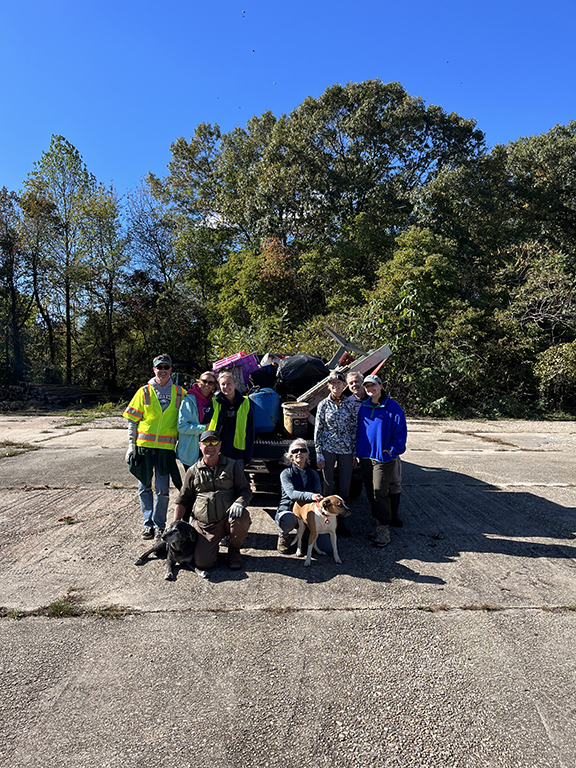 Join us on select dates in April to clear trash from our roads, parks, and rivers! ShoreRivers and volunteers are once again hosting community trash clean-ups as part of Project Clean Stream, a Bay-wide trash clean-up effort organized by the Alliance for the Chesapeake Bay and coordinated by local groups like ShoreRivers. Project Clean Stream is an opportunity for citizens across the entire watershed to work together to clean our shared water resource.
Join us on select dates in April to clear trash from our roads, parks, and rivers! ShoreRivers and volunteers are once again hosting community trash clean-ups as part of Project Clean Stream, a Bay-wide trash clean-up effort organized by the Alliance for the Chesapeake Bay and coordinated by local groups like ShoreRivers. Project Clean Stream is an opportunity for citizens across the entire watershed to work together to clean our shared water resource.